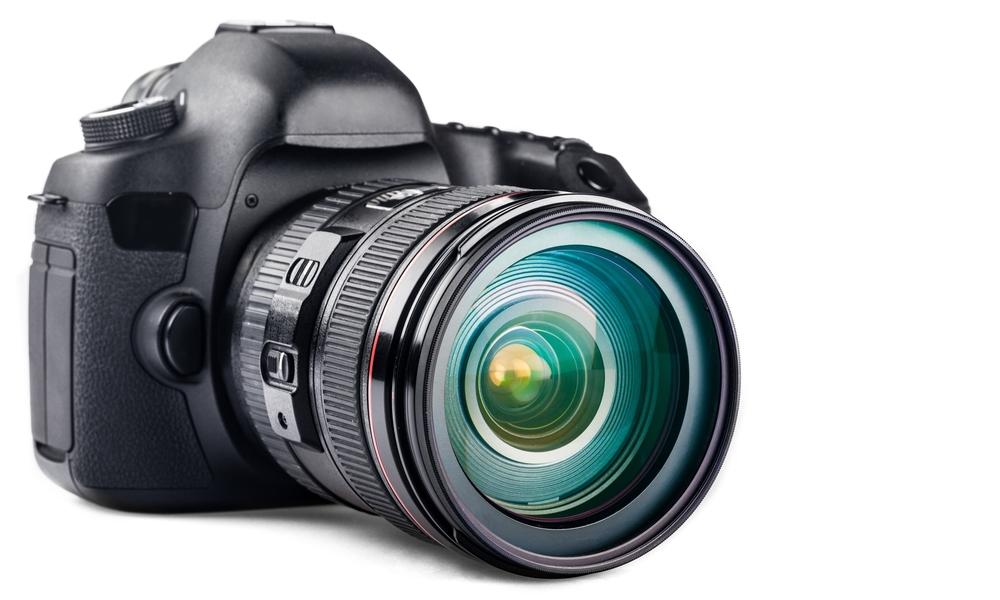An introduction to aspect ratio in photography

The term aspect ratio is very common in photography. Perhaps you’ve heard it and are vaguely aware of what it entails. Some of you may not be aware of it at all. In this discussion, we’ll look at the basics of aspect ratio and how it affects our photography.
The simplest definition for aspect ratio is that it’s the ratio between the width of an image and its height. So when you read that an image has been shot with an aspect ratio of 3:2, that signifies that the ratio between the width and height of the image is 3:2. Please note that the aspect ratio does not determine the width and height of an image. It merely states that the dimensions are in that proportion.
Let’s say that the image size is 1920 by 1080 pixels. That means the image’s aspect ratio is 16:9. If the image is of the dimensions 3840 by 2160 pixels, it again maintains the same aspect ratio of 16:9.
What is the most common aspect ratio for photography?
If you’re a DSLR user using the 35mm format, you would be familiar with the 3:2 aspect ratio. This is because all 35mm DSLRs use the common 36 x 24mm sensor size. And that’s what gives the aspect ratio 3:2. This aspect ratio comes from the sensor’s dimensions and is considered natural or original.
But different cameras have different aspect ratios. Micro-four-third cameras, for example, have an aspect ratio of 4:3. Even some point-and-shoot cameras and medium format camera systems use the same aspect ratio.
5:4 is the aspect ratio that’s common with medium format cameras. This format is ideal for printing large images of 10 x 8 inches and even double that.
Although the 16:9 is an aspect ratio common with video shooters (YouTube uses it for its video display), some photographers are known to use it for shooting stills. The simple logic behind this is that the 16:9 aspect ratio is perfect for wide panoramic shots that ideally capture a landscape’s breathtaking beauty.
This, however, isn’t the rule but an exception because many photographers prefer to use the 3:2 aspect ratio for shooting landscape photos. They would instead shoot with the standard aspect ratio to capture maximum resolution and then crop if necessary, rather than shoot at a lower resolution in the first place. If, however, you’re going to adopt this technique, ensure that you leave space around your composition (landscape or any other scene) to allow space for cropping if necessary.





